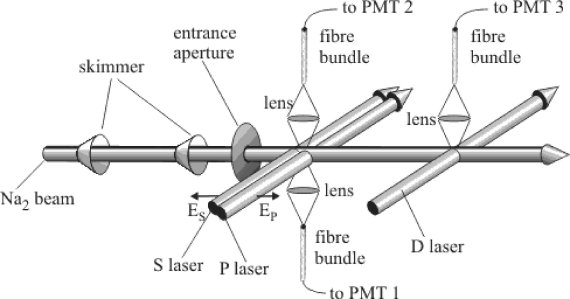Studies of bimolecular reactions with Rydebrg atoms and molecules require a precise and efficient handling of populations of excited levels. We have demonstrated a novel scheme for laser control, which allows one to selectively drive the molecular population through pre-selected short-lived highly excited states with high efficiency [1, 2]. The scheme is reminiscent of, but different from, the Stimulated Raman Adiabatic Passage (STIRAP) technique [Adv. At. Mol. Opt. Phys. 46, 55 (2001)]. The latter is a robust technique allowing a complete population transfer from a given initial state to the chosen final state, when three levels are linked by two laser fields in a L linkage scheme. It is required hat the final state is stable or long lived. The present technique differs from the traditional STIRAP in two points: firstly, the levels are linked in a ladder scheme, which allows one to reach highly excited states, and, secondly, the final state is short lived. Possibility of implementation of a STIRAP type process is nontrivial, because lifetime of the final state is shorter than interaction time with laser fields. In experiments, a selected rovibrational level (level 1) in the ground electronic state of Na2 molecules was coupled to a rovibrational level (level 2) in an intermediate electronic state by a primary (P) laser field, while the intermediate state was coupled to a rovibronal level (level 3) in a highly excited electronic state by a secondary (S) laser field (see Fig. 1).

In experiments, S and P laser beams cross the molecular beam at right angles, while the sequence of interaction of molecules with S and P laser pulses can be controlled by
shifting P laser beam axis with respect to the S laser beam along the molecular beam (Fig. 2).

